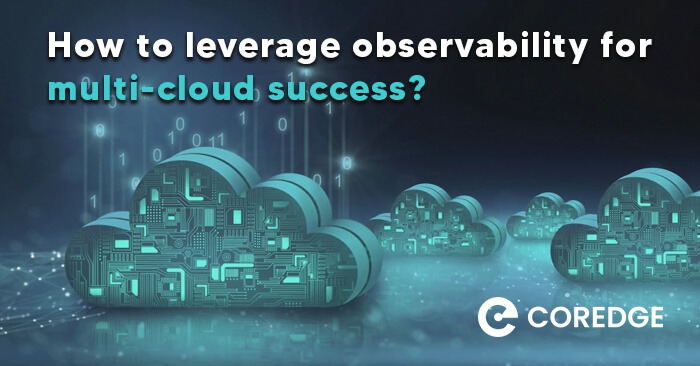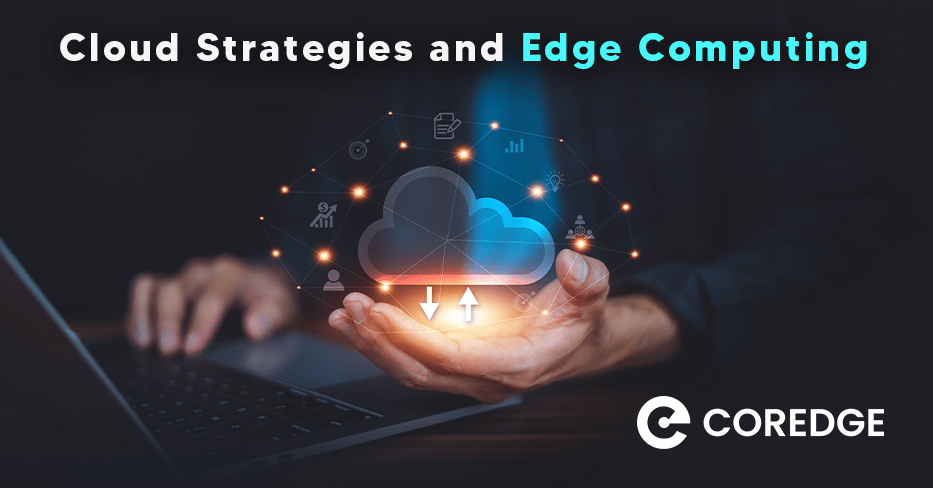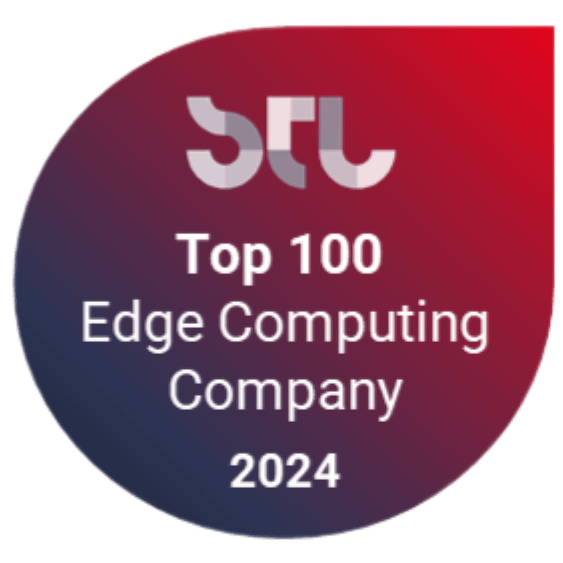How to leverage observability for multi-cloud success?
Coredge Marketing
November 30, 2022

There has been considerable evolution in enterprise IT over the past decade. Throughout every aspect of IT, the cloud has emerged, open-source software has become mainstream, infrastructure is evolving, and microservices have become increasingly popular.
It has been observed that many software applications operate across multi-cloud. It is giving rise to broad operating systems. In cloud-native applications, visibility and monitoring have now become standardized by observability. In addition to metrics, logs, incidents, and distributed traces, it measures the performance and behavior of applications.
In this blog, I am going to give you an understanding of how to leverage observability for multiple clouds.

The evolution of changing IT landscape
The traditional enterprise has ample of software applications developed using different programming languages, hardware configurations, tools, and platforms. Enterprises may have applications running in client/server mode, applications running at edge, applications deployed across geolocations, and more. In general, companies can run their applications across many environments. Similarly, a subset of applications may be deployed and run on any public, private, hybrid, and on-prem data center.
With growing technologies, businesses are more often deployed and designed their applications in containers and Kubernetes clusters running provisioned within the data center and the cloud environments.
Multi-cloud adoption is an accelerating trend for enterprise companies to improve application availability, reduce the dependency on one provider, and optimize for specific workloads.
It is now more challenging than ever for enterprise IT departments to keep pace with the diversity of application platforms, deployment targets, and deployment models, ranging from physical servers to virtual machines to Kubernetes clusters to public, hybrid, and multi-cloud environments.
Why Observability?
Enterprise IT teams manage application security, performance, and availability. It can be difficult to manage an IT environment that is so diversified and includes physical computers, virtual machines, ephemeral containers, stateful containerized workloads, orchestration engines, and serverless platforms.
Enterprise IT teams require visibility and insight into the infrastructure they manage, as well as the platforms, applications, and client-side experiences that infrastructure supports, to ensure that business operations function successfully. Monitoring the status of the infrastructure and application services operating in the data center, private cloud, public cloud, hybrid cloud, and multi-cloud settings is the responsibility of the central IT team. The essential features for controlling the application and infrastructure are not supported by the current tools and monitoring platforms.
Understanding a system’s state is essential for sustaining appropriate operation, and this is made possible by observability. Cross-functional teams can better comprehend and respond to precise queries about what’s happening in highly distributed systems in enterprise environments because of observability.
The inside-out picture that observability provides is comprehensive, insightful, and contextual. It fulfills the promise of continuous monitoring, a crucial component of DevOps, by offering contextual information from the full stack, including end users, in addition to the infrastructure.
All stakeholders, including developers, operators, DevOps, and SREs, may receive unparalleled insights into the complete stack running across many environments with the help of observability. No matter the deployment target, from virtual machines to Kubernetes clusters to serverless platforms, observability aids in separating the signal from the noise. This enables IT to concentrate on the crucial KPIs.
Leverage observability for multi-cloud via CloudCompass
CloudCompass, a multi-cloud, multi-cluster orchestrator platform, designed to provide hyper-scaler equivalent capabilities for distributed edge deployments, where clusters across the globe can connect to a central compass controller and become part of the unified management plane. CloudCompass offers seamless infrastructure management and visibility, centralized access control, application onboarding, and cluster life-cycle management.
You can leverage observability for your multi-cloud business success using CloudCompass. Multiple Kubernetes clusters can be deployed, orchestrated, and continuously managed with ease using CloudCompass, whether they are on-premises, edge, or any cloud-based environments.
CloudCompass provides multi-cloud and multi-cluster management of your applications and infrastructure workload that results in:
- Observability
- Increased scalability and availability
- Application isolation
- Regulatory compliance
- Cluster management
- And distributed applications
CloudCompass provides observability and service assurance, infrastructure visibility, centralized data management and monitoring, health check for service availability, and backup and restore.
It provides observability into each cluster providing view of various usage aspects on individual clusters.





